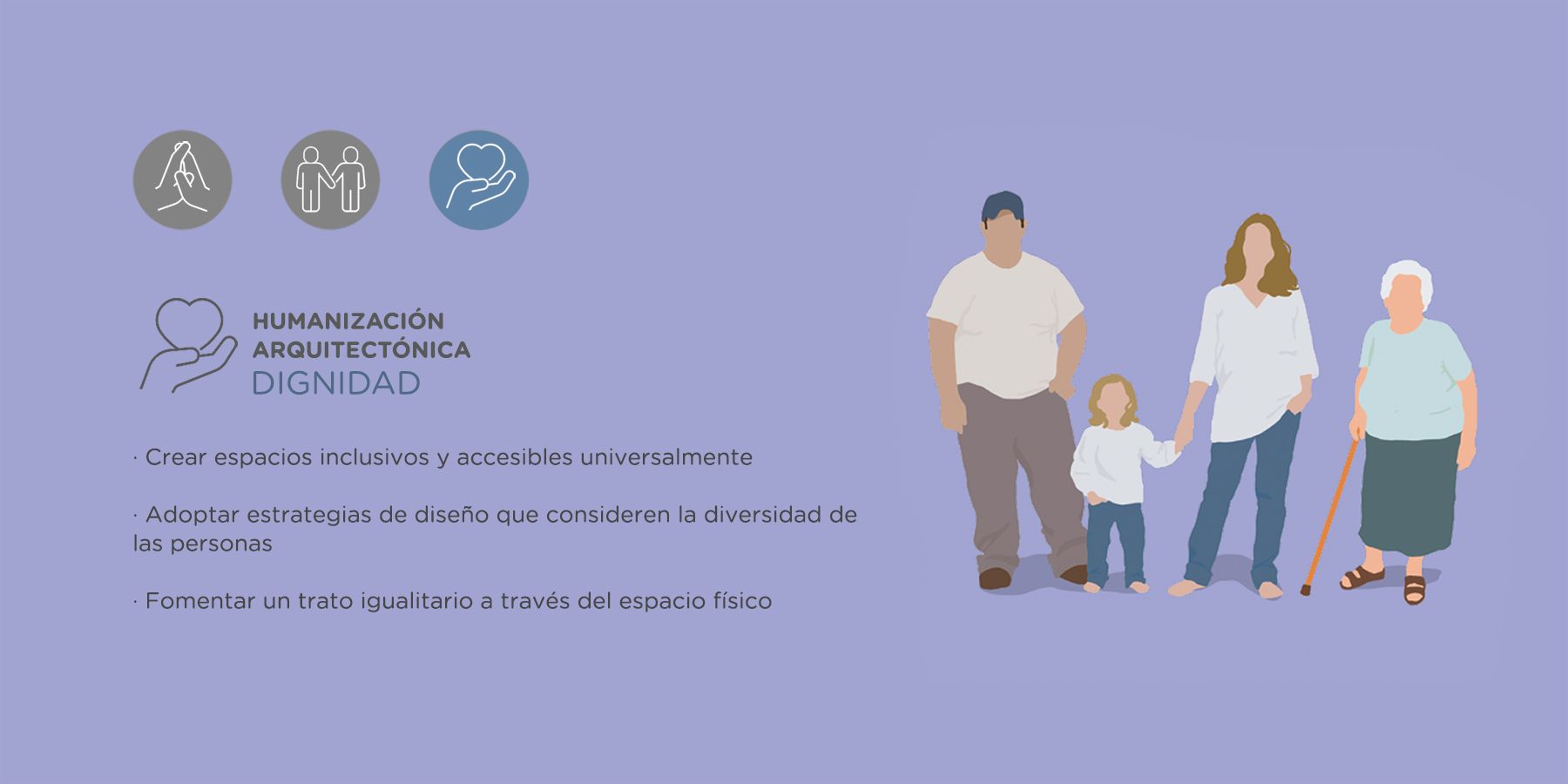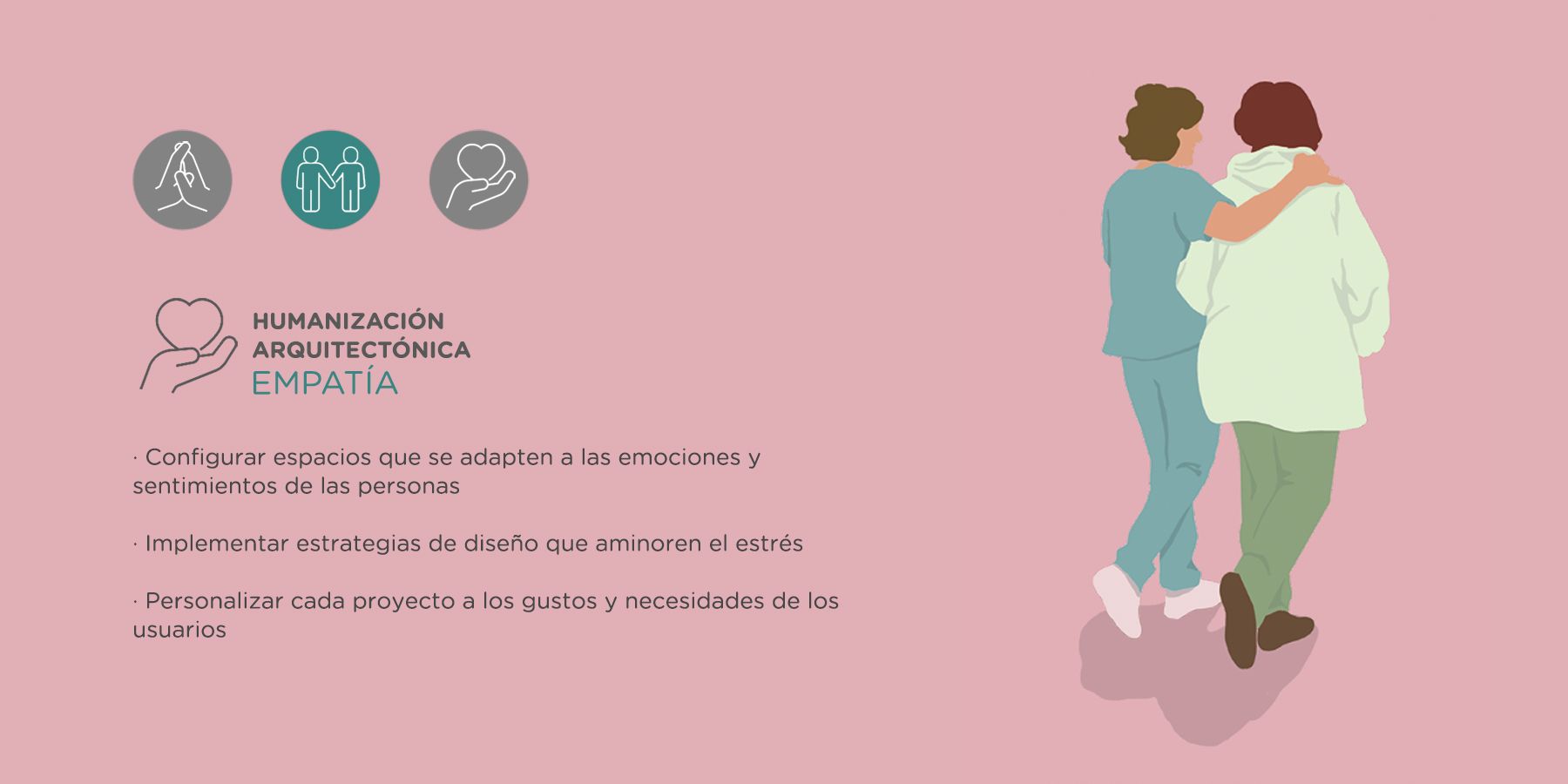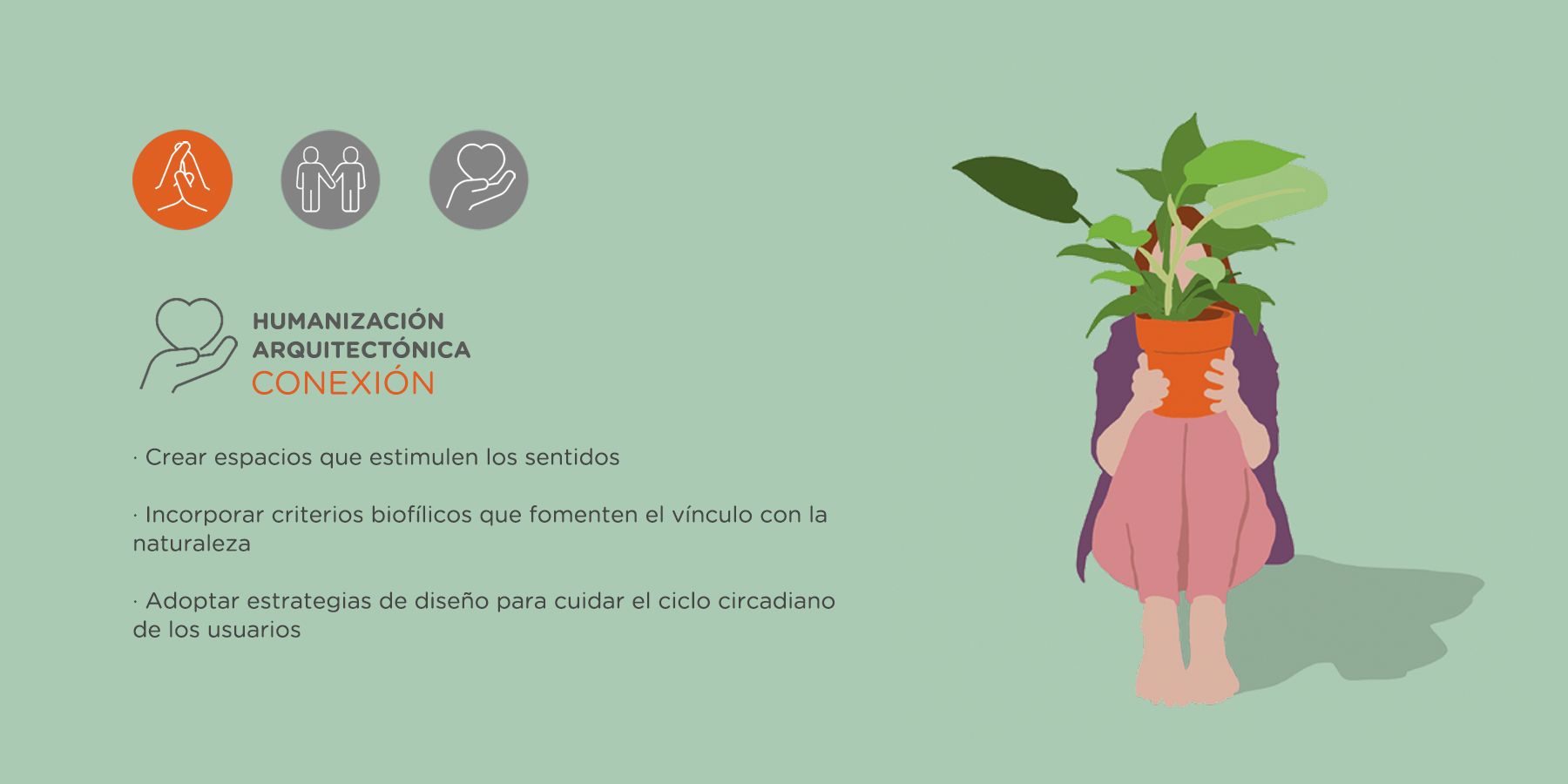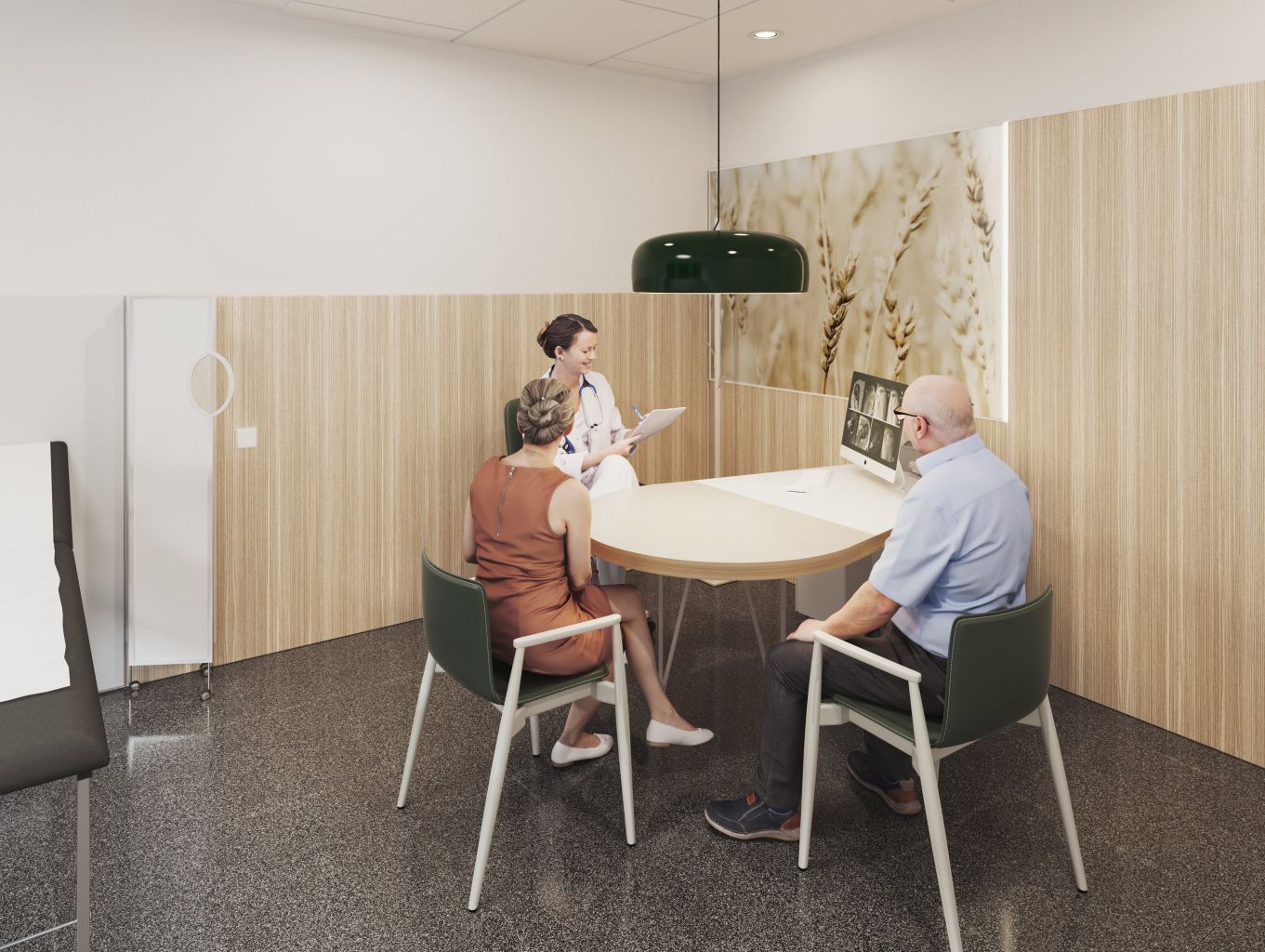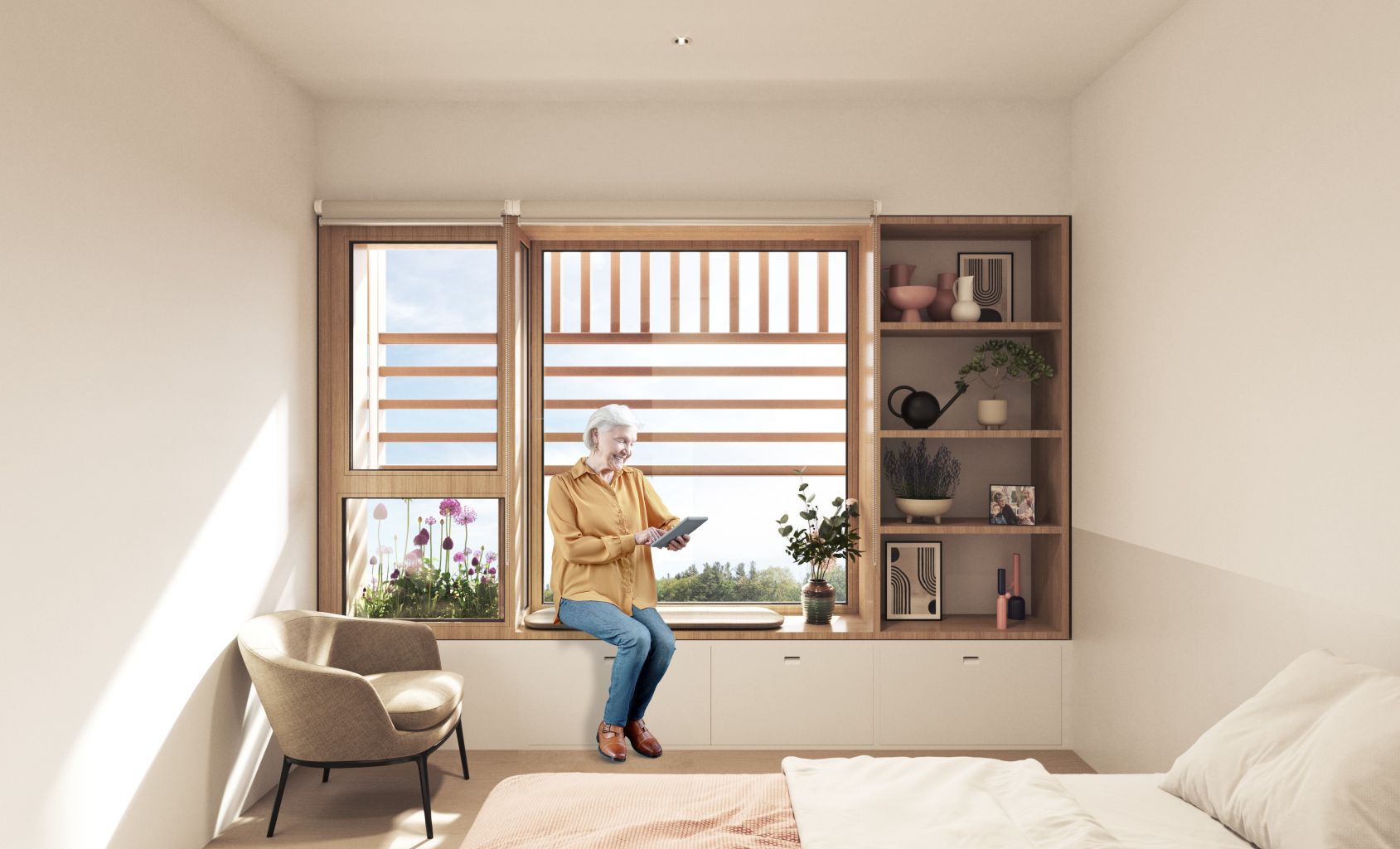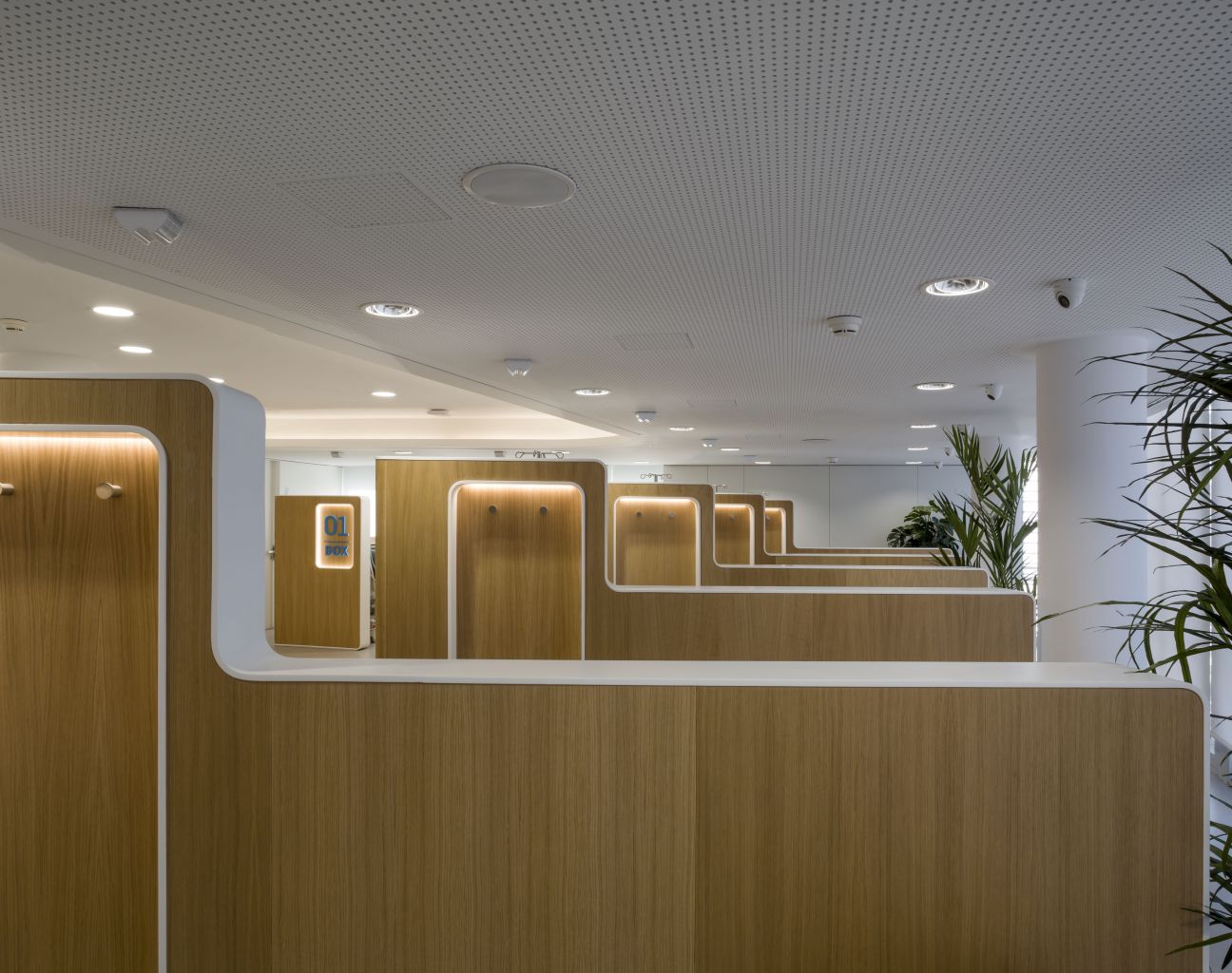Architectural Humanisation
Spaces for well-being
Often, project design ignores the human needs that should be considered the most basic and normative, configuring spaces that prioritise purely functional, aesthetic and economic factors, and, as a result, exclusion of the user's experience.
Faced with this scenario, the concept of ‘architectural humanisation’ was born, which we understand as architecture that prioritises the wellbeing of people in its conception.
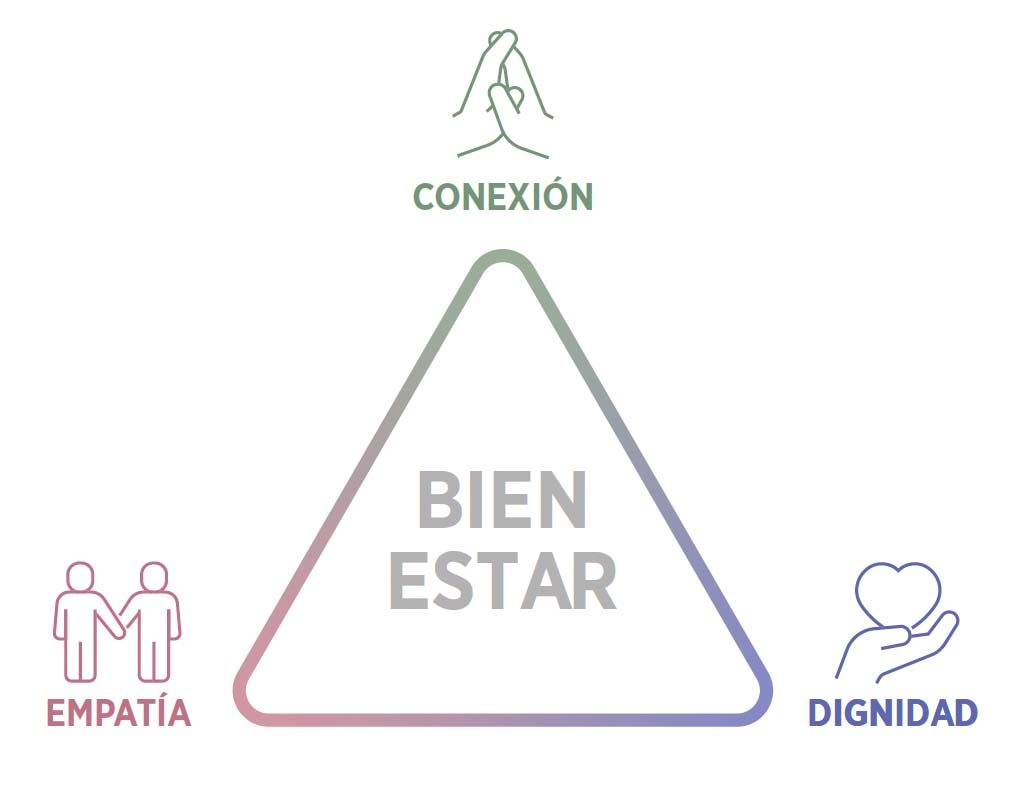
Architectural Humanisation helps to improve people’s experiences in spaces, by adopting design strategies that fully address their needs for wellbeing, which we classify as Connection, Empathy and Dignity.
We understand Connection as the need to connect with our body and environment in the built space, Empathy as the need to feel that our feelings and emotions are cared for in the design, and Dignity as the need to feel included and respected in the spaces we use.
For a project or space to be considered humanised, it is necessary to adopt design strategies that take these needs into account and improve the experience of the people using them.
- Improving people's experiences of the built environment.
- Fostering the link between nature and the senses.
- Taking care of the users’ circadian rhythm.
- Creating dignified, inclusive and accessible spaces.
- Provide a friendly and comfortable environment for everyone.
- Create attractive spaces for customers, employees and professional talent.
- Help to support emotional distress, reduce stress and provide a suitable environment that enables the necessary activities to take place.

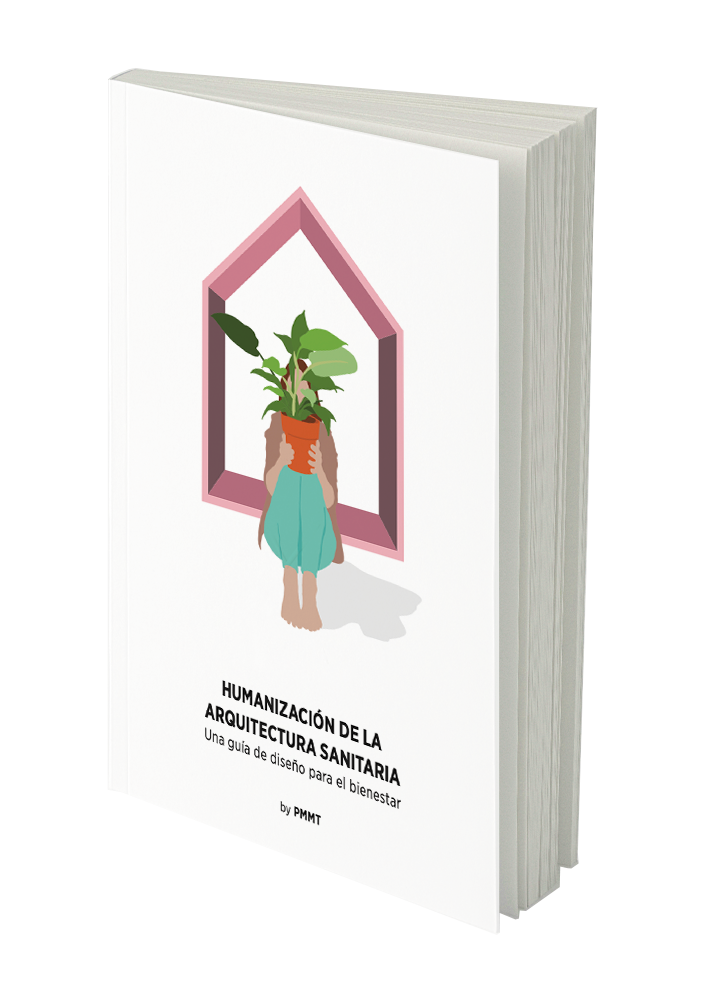
Given the hostility that hospital environments tend to have and the growing scientific evidence linked to the effects physical environments have on people's wellbeing, PMMT carried out a 2-year documentary research on the humanisation of healthcare and social-healthcare spaces.
This research gave rise to our book Humanising Healthcare Architecture: a design guide for wellbeing (Humanización de la Arquitectura Sanitaria: una guía de diseño para el bienestar), in which we organize the existing knowledge on architectural humanization and expose design strategies, scientifically supported, to improve the experience of users of medical centres, whether they are patients, their companions or any of the workers.
This book details strategies on how to satisfy the needs of Connection, Empathy and Dignity of the people who use the spaces. It contains PMMT case studies and photographs of projects created by prestigious architects and designers from different parts of the world.
You can buy the book at Capell in Plaça Nova 5, Barcelona, or Capell’s online store.


 en
en 